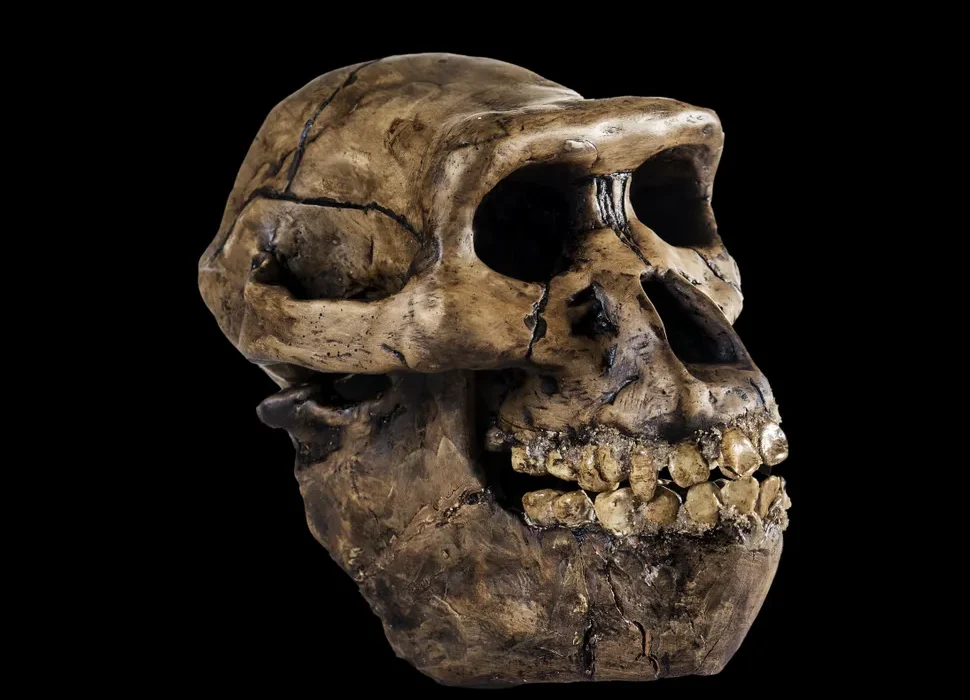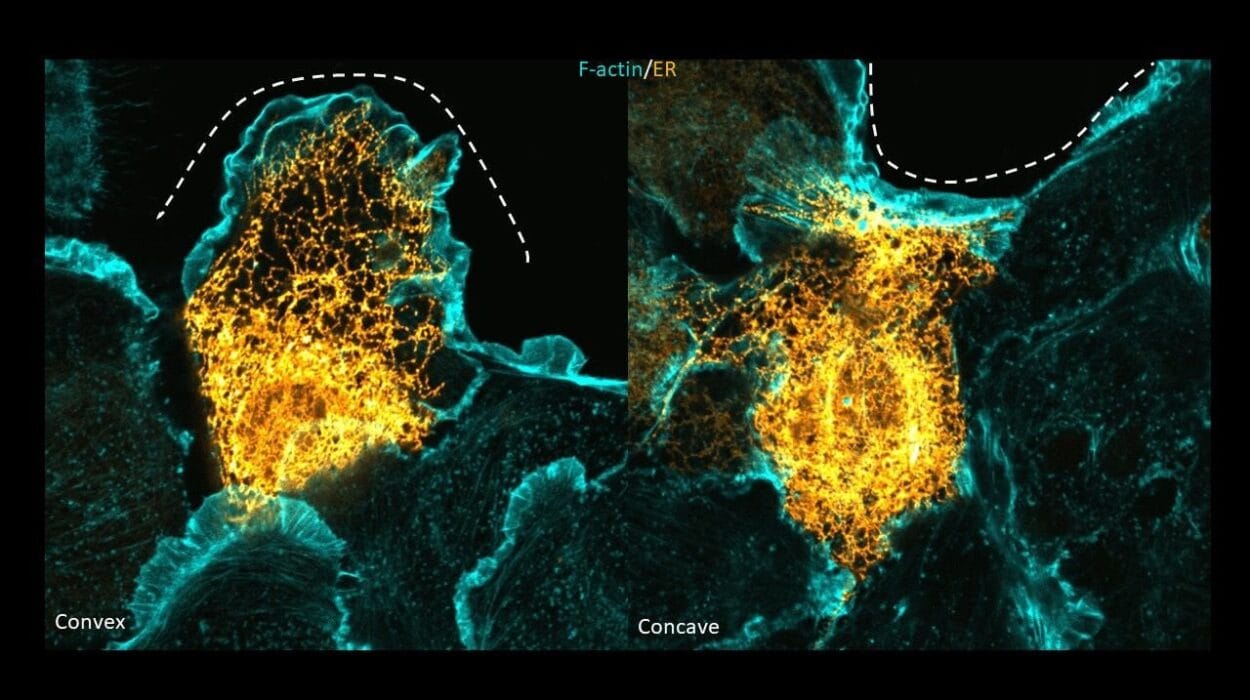It’s hard to believe that something so small—something so astonishingly simple—could wield such enormous power. Yet viruses, invisible to the naked eye and technically not even considered alive by many scientists, have shaped the course of life on Earth more profoundly than perhaps any other biological force. From ancient pandemics to modern biotechnology, from the depths of our oceans to the interior of our own DNA, viruses are everywhere. They are parasites, predators, and—on occasion—allies. And their story is as strange as it is essential to understanding life itself.
When most people hear the word “virus,” they think of sickness. And indeed, viruses are responsible for some of the most terrifying and destructive diseases in human history: HIV, Ebola, influenza, smallpox, COVID-19. Yet to define them solely by the harm they cause is to miss the deeper, more fascinating truth. Viruses are not just agents of disease—they are master manipulators of biology. Their structure is an exercise in minimalist design. Their function is pure evolutionary ingenuity. And their impact? Colossal.
To understand viruses is to peel back the layers of biology itself. What are they made of? How do they function? Are they alive? How did they come to be? And what role do they continue to play in the story of life?
The Edge of Life: What Exactly Is a Virus?
One of the most unsettling things about viruses is how they defy categorization. They don’t fit comfortably into our definition of “life,” nor can we call them mere chemical machines. They are something in between—entities that blur the boundary between living and nonliving.
A virus, at its core, is a tiny particle—usually between 20 and 300 nanometers in diameter—consisting of genetic material encased in a protective shell. That genetic material may be DNA or RNA, single- or double-stranded, linear or circular. Surrounding it is a protein coat called a capsid, which sometimes is further wrapped in a lipid envelope stolen from the host cell it infects. That’s it. No nucleus, no organelles, no metabolism, no growth, no independent reproduction. By itself, a virus is inert.
But introduce a virus to a living cell, and something astonishing happens. It springs to life—or at least, to action. It hijacks the cellular machinery and reprograms the cell to produce more copies of itself. The infected cell becomes a virus factory. This ability to replicate—but only within a host—makes viruses uniquely parasitic and uniquely fascinating.
So are they alive? It depends on whom you ask. Some scientists argue that life requires metabolism and self-sustaining biochemical reactions—criteria viruses don’t meet. Others argue that replication and evolution—the very hallmarks of Darwinian life—are more important, and that viruses meet those criteria handily. In the end, the debate may say more about our definitions than about viruses themselves.
The Viral Blueprint: Genetic Simplicity, Strategic Genius
What makes viruses so efficient at what they do is their astonishing genetic economy. While cellular organisms have thousands of genes, viruses may have only a handful. The smallest known viruses—like the circoviruses that infect pigs—have just two genes. Others, like the bacteriophage T4, may have over 200. The largest, called “giant viruses,” such as Mimivirus and Pandoravirus, can rival bacteria in complexity, blurring the line even further.
But whether their genome is tiny or sprawling, viruses are nothing if not strategic. Their genes code for just what they need to invade, hijack, and replicate within host cells. Many encode proteins that help the virus attach to receptors on the host cell surface. Others produce enzymes that can slice open cell membranes, evade immune detection, or replicate the viral genome. Some viral genes even reprogram host behavior at a molecular level, turning the host cell into a puppet for viral proliferation.
RNA viruses, like the influenza virus or SARS-CoV-2, tend to mutate rapidly because their replication enzymes lack proofreading ability. This high mutation rate allows them to evolve quickly and escape immune responses—but it also makes them genetically unstable. DNA viruses, by contrast, replicate more slowly but more accurately. Each strategy has its evolutionary trade-offs, and viruses play the game with chilling effectiveness.
Capsids and Envelopes: Architecture of a Predator
If the viral genome is the software, then the capsid is the hardware—the physical structure that protects the genetic material and facilitates its delivery. Capsids are built from protein subunits called capsomeres, which self-assemble into highly symmetrical structures. The most common shapes are icosahedral (like a 20-sided die), helical (like a spiral staircase), or complex (like the alien-looking bacteriophages with their “landing gear” and tail fibers).
Some viruses go a step further and cloak themselves in a lipid envelope. This envelope, derived from the host cell membrane, contains embedded viral proteins that play a crucial role in identifying and entering new host cells. It also helps the virus evade the host immune system—at least temporarily. However, this envelope makes the virus more fragile outside the body; it can be destroyed by soap or alcohol, which is why handwashing is such a powerful defense.
The beauty of a virus lies in this architecture: it is lean, elegant, and ruthlessly effective. Every component has a purpose. Nothing is wasted. Evolution has honed these microscopic machines over billions of years, and their diversity reflects a staggering range of solutions to the same fundamental problem: how to get in, take over, and make more of oneself.
Infection: The Art of Host Takeover
A virus cannot replicate on its own. It must find a host. And the first step in any infection is attachment—finding the right lock for its molecular key. Viral surface proteins bind to specific receptors on the host cell’s surface. This lock-and-key mechanism is why viruses tend to be species-specific (or even tissue-specific): a virus that infects human lung cells, for instance, may not infect liver cells or cells of another animal.
Once attached, the virus must enter the cell. This can happen through direct fusion with the cell membrane (as with enveloped viruses) or via endocytosis, where the cell unwittingly engulfs the virus. Once inside, the virus uncoats—releasing its genetic material into the host’s cytoplasm or nucleus, depending on the type.
From there, the virus begins its takeover. It co-opts the host’s ribosomes, enzymes, and raw materials to synthesize viral proteins and replicate its genome. These components are then assembled into new virions, which burst from the cell—either by lysis (killing the cell outright) or by budding off (leaving the cell damaged but alive).
Each infection cycle can produce thousands of new viruses. The host cell, now a biological casualty, is often left damaged or destroyed, while the new viruses go on to infect neighboring cells. This is how disease spreads at the microscopic level: not with brute force, but with molecular cunning.
Immune Evasion: The Viral Cloak and Dagger
The human immune system is astonishingly complex and efficient—but viruses have evolved equally sophisticated methods to evade it. Some viruses, like HIV, mutate so rapidly that the immune system cannot keep up. Others, like herpesviruses, establish latent infections—hiding inside cells for years, only to reactivate under stress or immunosuppression.
Many viruses have evolved proteins that directly interfere with immune signaling. They may block the production of interferons (the body’s alarm system), inhibit antigen presentation (the way cells signal they’re infected), or even mimic host molecules to fly under the radar.
This ongoing arms race between viruses and immune defenses is a central theme in evolutionary biology. It’s part of why we must update influenza vaccines every year. It’s also why the immune system has developed layers of defense: from innate barriers like skin and mucus to adaptive weapons like antibodies and T-cells. Viruses test these defenses at every turn—and sometimes, tragically, they win.
Viral Diseases: From Ancient Scourges to Modern Threats
Viruses have been with us since the dawn of humanity. Smallpox, one of the deadliest diseases in history, killed hundreds of millions before it was eradicated by vaccination. The 1918 influenza pandemic claimed more lives than World War I. HIV, discovered in the 1980s, has killed over 36 million people. And in 2019, a novel coronavirus, SARS-CoV-2, triggered a global pandemic that disrupted economies, overwhelmed healthcare systems, and transformed everyday life.
Yet not all viral infections are deadly. Many are mild or asymptomatic. Some are even essential. The human genome contains fragments of ancient viral DNA, remnants of past infections that have been passed down through generations. Some of these viral genes have been co-opted by our biology—for example, helping form the placenta during pregnancy. This bizarre biological recycling is a testament to the deep and tangled history between viruses and their hosts.
Modern medicine has made great strides in combating viral disease. Vaccines—one of humanity’s greatest inventions—train the immune system to recognize and neutralize viruses. Antiviral drugs can slow or stop viral replication. Public health measures, from hand hygiene to quarantine, remain essential tools. But the viral threat evolves alongside us, and the battle is never truly over.
The Giant Viruses: A New Chapter in Virology
For most of the 20th century, scientists believed viruses were all small and simple. That belief was shattered in 2003 with the discovery of Mimivirus, a virus so large it was initially mistaken for a bacterium. It had a genome larger than some bacterial species and carried genes never before seen in viruses.
Since then, even larger and stranger viruses have been found: Pandoravirus, Pithovirus, Tupanvirus. These “giant viruses” challenge everything we thought we knew about what a virus is. Some can even produce proteins involved in DNA repair, translation, and other functions once thought exclusive to cellular life. Their discovery has reignited debates about the origin of viruses and whether some viruses represent a “fourth domain of life.”
Are these ancient relics from a time before the first cells? Or are they viruses that have stolen so many genes from their hosts that they appear complex? No one knows for sure. But one thing is clear: the viral world is far more diverse and mysterious than we ever imagined.
Viruses and the Web of Life
While viruses are often cast as villains, they also play crucial ecological roles. In the ocean, marine viruses infect and kill vast numbers of bacteria and plankton, influencing global nutrient cycles and even regulating climate. In soil, viruses shape microbial communities that affect plant growth. In our own bodies, viruses can alter the microbiome, modulate immunity, and—sometimes—keep dangerous microbes in check.
Viruses are also essential tools in science and medicine. Geneticists use viruses to deliver genes into cells—a technique known as viral vectoring. This is the basis of many gene therapies and some COVID-19 vaccines. Oncolytic viruses are being developed to target and kill cancer cells. And studying viruses has taught us fundamental truths about biology—from how genes work to how evolution operates.
In a strange and poetic twist, the very thing that can make us sick is also helping us heal.
Conclusion: The Paradox of the Virus
Viruses are at once horrifying and awe-inspiring. They can steal breath and life, yet also sculpt ecosystems, drive evolution, and expand the frontiers of science. They are not alive in any conventional sense—but they possess a kind of agency that allows them to manipulate the machinery of life with surgical precision. They are minimalist in form, but maximalist in impact.
We fear viruses—and we should. But we should also respect them. For they are not alien invaders, but part of the same biological tapestry we inhabit. They have been here since the beginning. And in a way, they’ve helped shape what we are.
To study viruses is not just to understand disease. It is to gaze into the mirror of life itself—and to glimpse the strange, elegant code that runs beneath everything.






